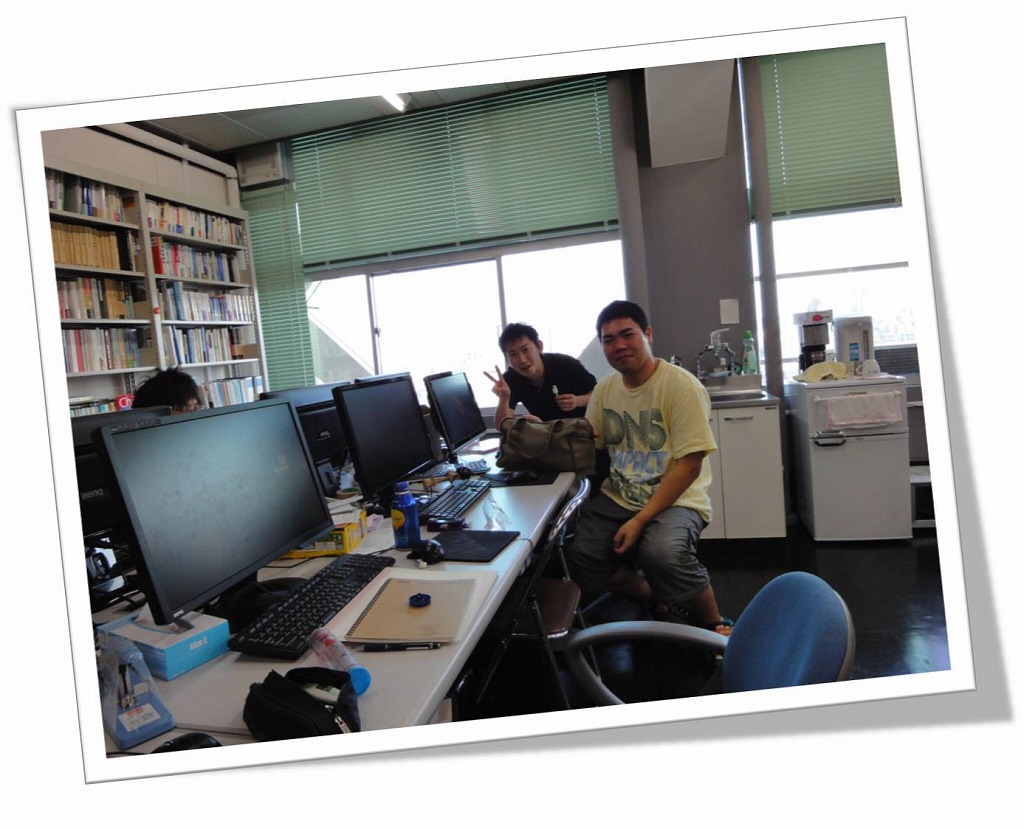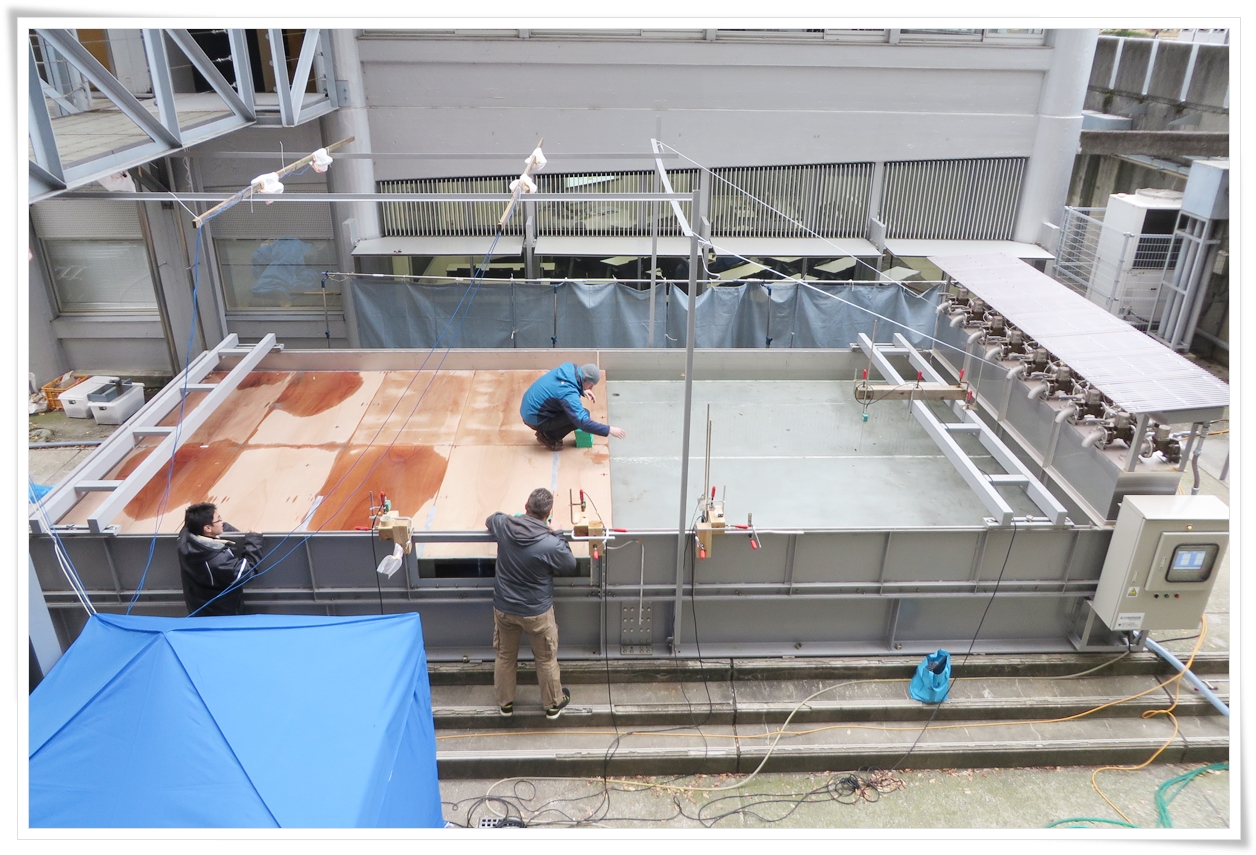Research Topics
Protection of lives and property against natural disasters in coastal areas
Coastal zones are easily exposed to disasters such as tsunamis and storm surges. Especially in Japan, it is necessary to prepare for storm surge disasters, since typhoons reach coastal areas as frequently as 20~30 times in a year. Furthermore, these typhoons and low pressure systems have the potential to invoke huge ocean waves which result in coastal erosion. In order to reduce disaster caused damage to human lives and property, it is important for coastal engineers not only to verify mechanisms of these disasters, but also to propose countermeasures. We have experience in deriving countermeasures by observations of and information on coastal areas, conducting experiments in wave basin and applying numerical calculations in supercomputer.
Prediction and evaluation of estuarine and coastal marine environments
Historically the inner parts of bays have been the source of beneficial products. However, economic growth and infrastructure development in these areas have caused water pollution in the local environment. Most frequent concerns being eutrophication, toxic chemicals and heavy metals. In the case of Tokyo bay, these concerns result in loss of potential product utilization. Reflecting on the current situation, we must reconsider conventional developments and rethink where we are heading in order to realize sustainable society for ourselves and for future generations. By applying and developing our skills in numerical simulations and observations, we are getting closer to that future.
Restoration and rehabilitation of seagrass beds
The number of seaweed beds, lagoons and coral reefs have recently diminished due to port construction and reclaimed land. Particularly, the seaweed bed area has decreased by 64,000,000 m2 (3% of the entire area). We need to restore and and prevent further damage to these ocean plants. We have investigated environmental conditions under which seaweed is able to grow healthy by using information gathered from diving observations, experiments and numerical simulations.
Enhanced construction management and environmental systems based on construction sociology
The postmodern engineers are considered to require not only understanding disaster prevention and environmental protection, but also to show cooperative nature in regards to other experts, residents and hold high ethical standards. In addition, we need to consider the construction of societies system when making policy proposals for other countries. Construction framework was adopted when these countries were advised on how to cope in modern society and solutions to combat environmental issues.

